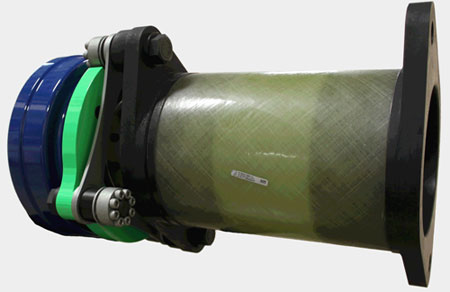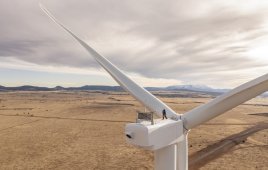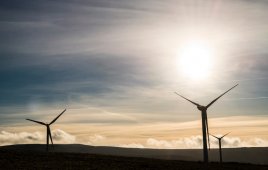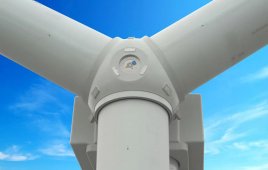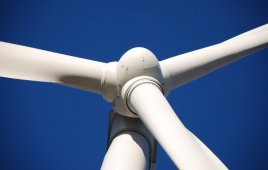What challenges do couplings and torque limiters face in wind turbines?
Couplings
Mechanical couplings connect shafts so one can transmit rotational power to the other. The coupling incorporated onto a high-speed shaft also allows for a degree of misalignment. In wind turbines, flexible couplings are used on the high-speed (output) shaft of the gearbox to drive the generator and accommodate the misalignment between the two.
The task is made more difficult because the coupling is working in a nacelle where everything (gearbox and generator mostly) moves around a bit. The couplings must cost-effectively accommodate considerable radial, angular and axial misalignment without wear and maintenance. In addition, they must provide electrical insulation, flexibility in all directions, operation in a range of environmental conditions, the ability to handle loads well beyond the normal application needs, and be lightweight for easy installation.
Torque limiters
Many older wind turbines are not equipped with a torque-limiting device in the coupling. Consequently, there’s a maximum torque limit that can transmit within the drivetrain because it has no slip device to protect in the forward or reverse direction. Most wind turbines incorporate a mechanical slip device to provide a maximum limit of 150% to 200% for the forward torques, which inherently provides the same limit in reverse. This provides some protection against generator short circuits, emergency stops and other transient load events.
Some transient events can actually result in the torque reversing direction while the rotation continues in the forward direction. This happens any time the blade aero-braking acts abruptly to decelerate the rotor, including the inertia of the generator. Such reversals can occur during emergency stops, high wind shutdowns, certain types of wind gusts and other transient events. In older wind turbines with aero-tip braking, these torque reversals can happen during normal startups and shutdowns.
Transient torque reversals can be destructive to a turbine’s drivetrain. The load zone of every bearing in the gearbox reverses almost 180°. This can cause impact loading and surface traction stresses on the inner race of the bearing that can result in white-etch areas, a micro structural transformation of the bearing material that can initiate axial cracks.
A new type of torque limiter has been recently introduced that allows for a much lower torque setting in reverse than in forward. These asymmetric torque limiters have shown a significant ability to reduce the magnitude of torque reversals and to dampen the torsional vibration. In addition to protecting the gearbox, the asymmetric torque limiter reduces reverse bending stresses on blades, gear teeth, and generator rotor windings to improve the fatigue life of the entire drive system.
By: AeroTorque
Filed Under: Components, Couplings, Featured, Turbines

